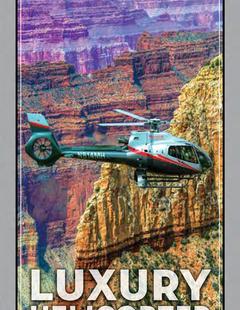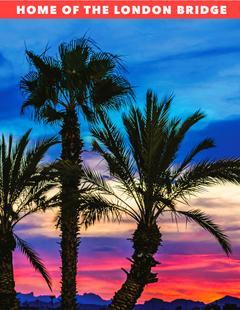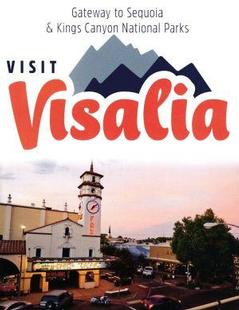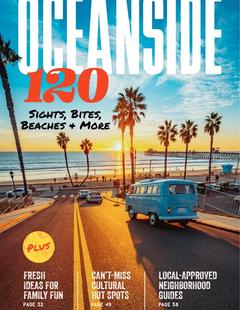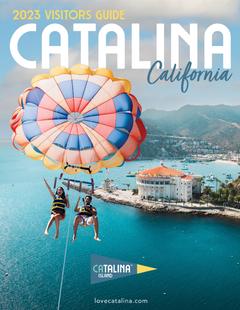Description
Strictly by the numbers, it isn’t always really always peak season in Yosemite National Park. But as one of the country’s busiest national parks, you’ll find that even the slower winter months there’s a steady stream of traffic through this very pretty place. It’s safe to assume that you’ll need reservations from roughly May through October, but even the rest of the year it would be very wise to book in advance if you’re planning to stay overnight in the park itself.
Between school holidays, the heat in the valley and warmer weather in Yosemite National Park itself, summer sees more than 500,000 visitors a month. Expect to find overnight accommodation in high demand, even as far out as Mariposa. All trails should be open to hikers by this point, including Half Dome, but this is also a good time to do a little swimming in or rafting on the Merced River (as long as the water is high enough).
Visitor traffic drops off substantially from September to October as the weather cools and the kids head back to school. You might see a dusting of snow from here on out, but you just as well might get balmy days in the mid-60’s. If you’re lucky, a cold snap will set the leaves in the valley aflame with a colorful show of autumn foliage. Watch for foraging bear, buck battles and beautiful misty mornings.
Winter is Yosemite’s slowest time of year, but arguably one of the best times to visit. A downy cloak of snow makes this park perfectly picturesque, and while popular trails like Half Dome aren’t accessible (the cables from the dome come down in autumn and don’t go up until late spring) you’ll find the major roads in the valley plowed, and entry up El Portal Road (Hwy 140). Both Yosemite Valley and Wawona stay open for visitors year-round.
Spring is waterfall season, and a good time to plan long walks around Yosemite Valley. There can still be a fair amount of snow on the trails and roads so don’t plan any major backpacking expeditions just yet. Watch for a few spring blossoms to start by the end of May.














